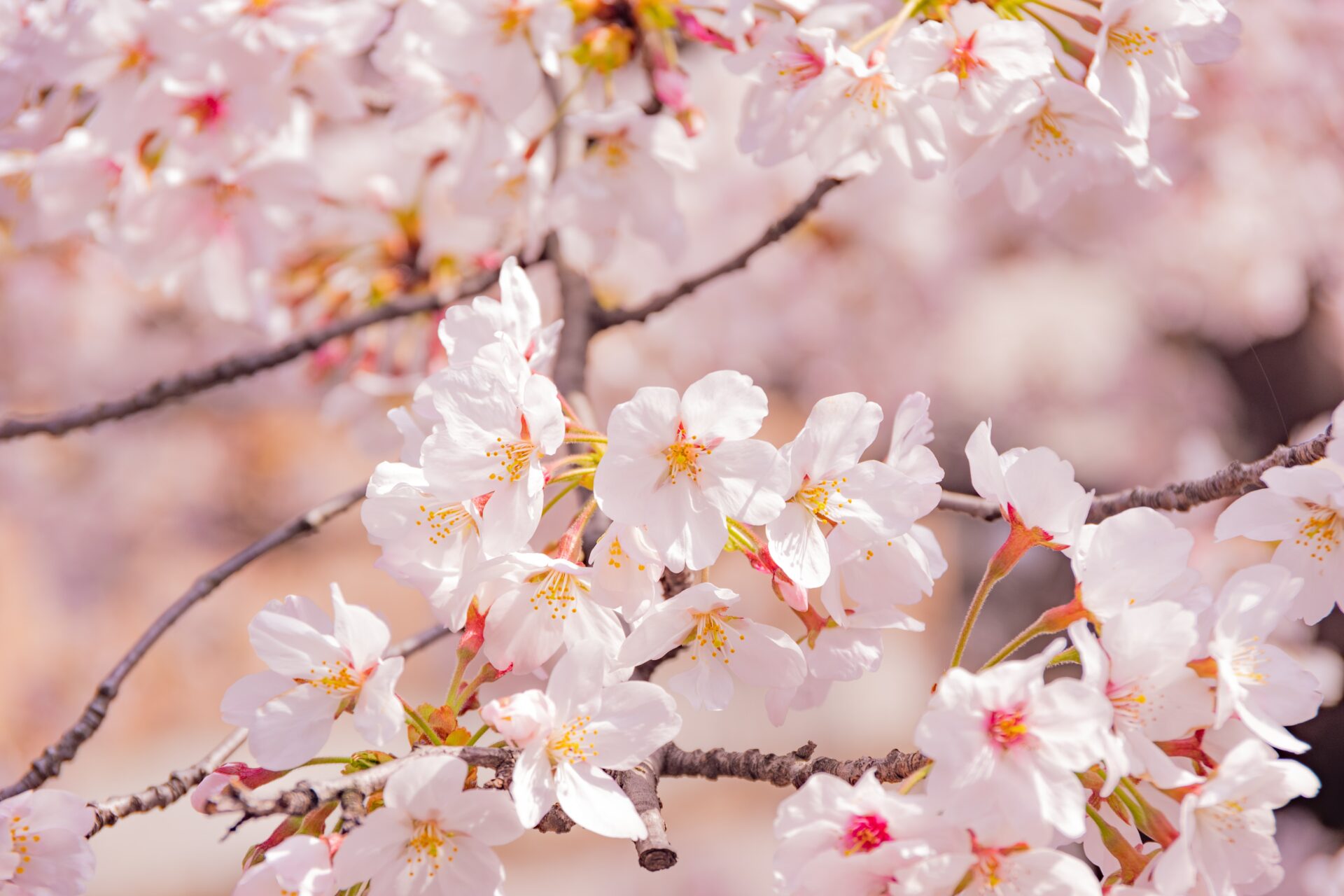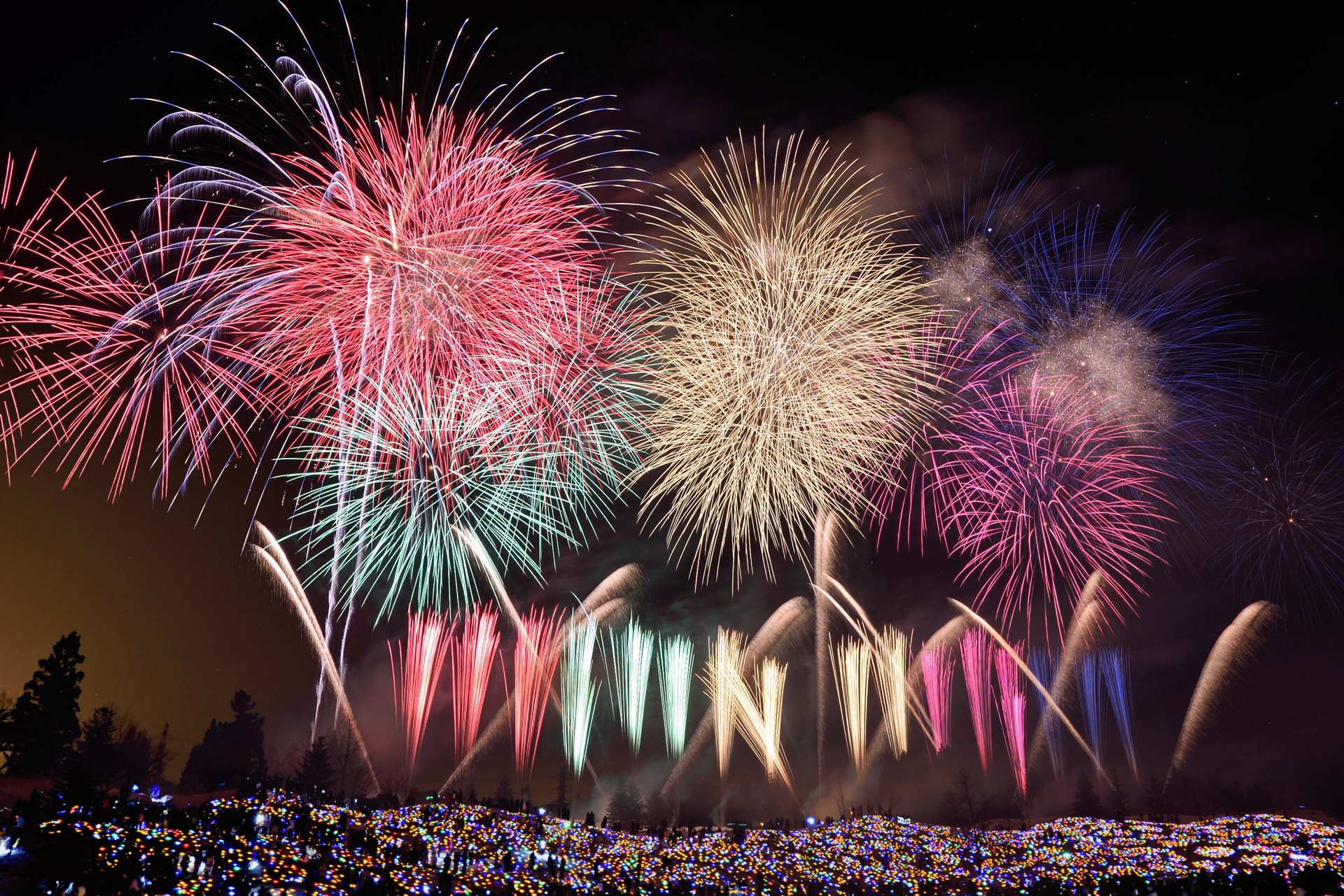Northeast of Tokyo, bordering the prefectural borders of Saitama and Chiba, Ibaraki is a great place to visit from Tokyo as a day or weekend trip. It is located along the Pacific Ocean and is home to Japan’s second largest lake Kasumigaura Bay. Ibaraki offers a rich blend of agriculture, traditional experiences, beautiful shrines and temples and a rich nature. Here we list our top 18 things to do in Ibaraki.
- How to get to Ibaraki?
- 1. Be dazzled by the beauty of Kairakuen Garden
- 2. Lacquerware Workshop and Gallery Tour in Daigo Town
- 3. Make your kasama-yaki at Seitou Fukuda
- 4. Discover Japanese Craft beer at Kiuchi Brewery
- 5. Lake Kasumigaura Cycling Tour & Lotus Root Digging
- 6. Admire Japan’s largest buddha statue Ushiku Buddha
- 7. Hike Mount Tsukuba with an Experienced Guide
- 8. Catch the reflection at Oarai Beach
- 9. Sake Pairing at Japan’s Oldest Sake Brewery Sudo Honke
- 10. Seasonal flower blossoms at Hitachi Seaside Park
- 11. Admire the flowing waters of Fukuroda Falls
- 12. Stay at a traditional guesthouse Inashiki Nest
- 13. Kaiseki Lunch & Tea Ceremony at Kyoyuzen Hanamiyako
- 14. Shop until you drop at Ami Premium Outlet shopping mall
- 15. Bungee jumping at Ryujin bridge
- 16. Go paragliding
- 17. Surfing the waves of the Pacific Ocean
- 18. Eat the traditional Japanese breakfast dish natto
- Recommended Tours in Ibaraki
- Other articles you may also like
How to get to Ibaraki?
Getting to Ibaraki from Tokyo is easy, the prefecture is well connected by the JR Joban Line that regularly departs from Ueno Station. From Narita International Airport you can embark on the JR Narita Line that will bring you to the major stations in Ibaraki.
1. Be dazzled by the beauty of Kairakuen Garden
Besides natto (fermented soybeans) the prefectural capital of Ibaraki, Mito, is best-known for the breathtaking Kairakuen Garden. This garden is one of the three best landscape gardens of Japan with three thousand plum trees that shift colors with the seasons. The gardens were built in 1841 by the local daimyo Nariaki Tokugawa as a park that was accessible to everyone. Kairakuen literally means ‘park to be enjoyed together’. The Mito Plum Blossom Festival, held annually from mid February to March 31st, is a celebration of the coming of spring and a great time to see the blossoming plum flowers.
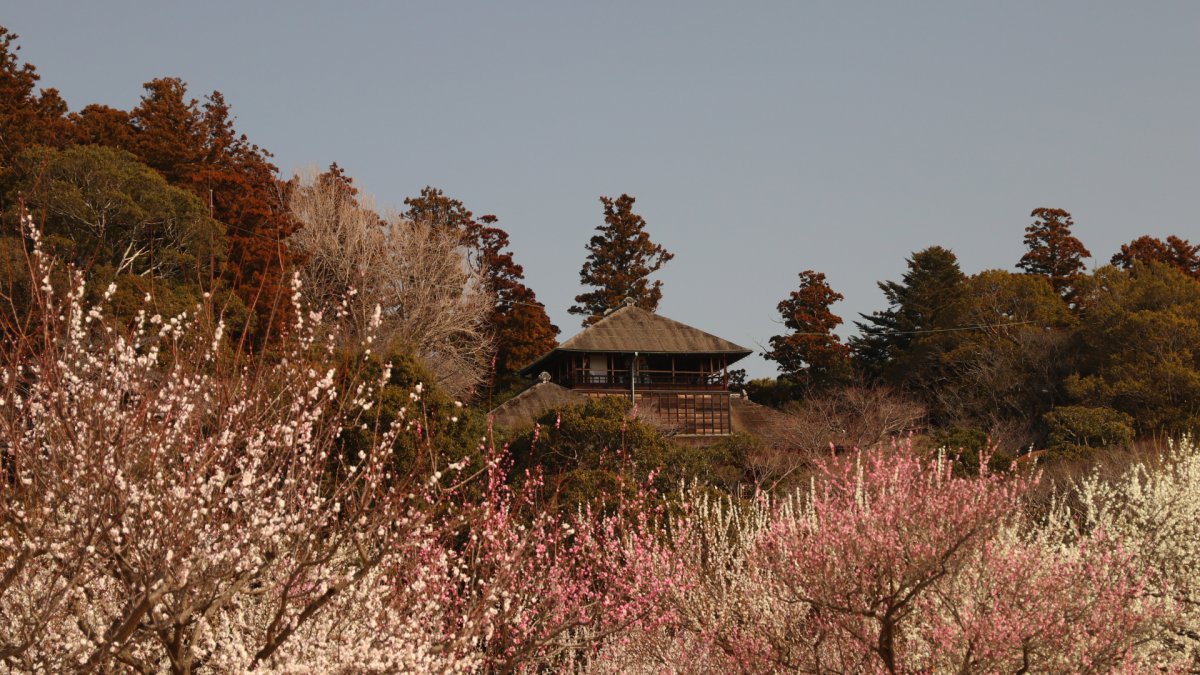
2. Lacquerware Workshop and Gallery Tour in Daigo Town
Lacquerware is one of Japan’s oldest and most valued forms of crafts that dates back thousands of years. The town of Daigo in Ibaraki is the second largest producer of raw lacquer in all of Japan, with its very own high quality “Daigo Urushi” made by local artisan masters. On this tour you’ll have the opportunity to visit the workshop of an urushi lacquerware craftsman, as well as learn more about the lacquerware making process, see a live demonstration, and potentially even get to experience part of the process yourself. After this you will get to have a look at the artisan’s beautiful gallery and also try out some of the high quality finished lacquerware with a bowl of soup or cup of sake. If you are lucky enough to be in Japan in October or November, you can also opt for the additional “urushi tapping” experience where you will be able harvest some of the raw urushi (tree sap) for yourself!
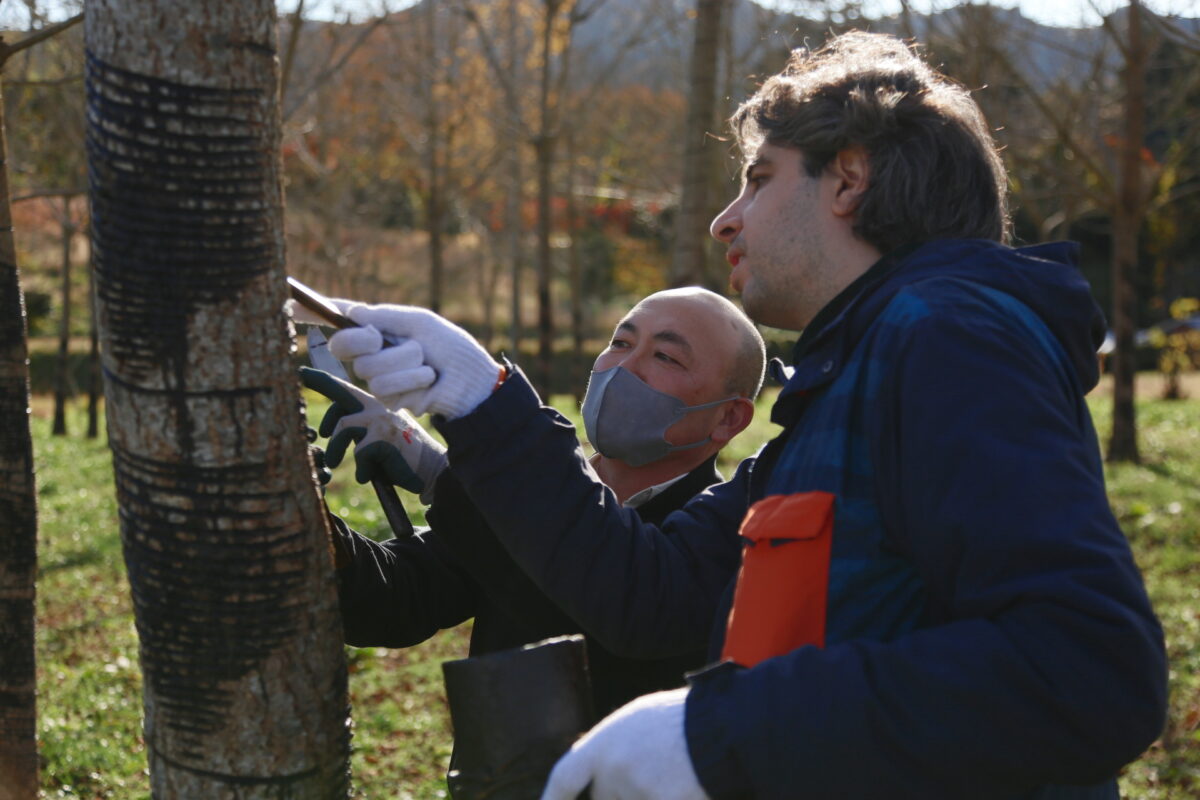
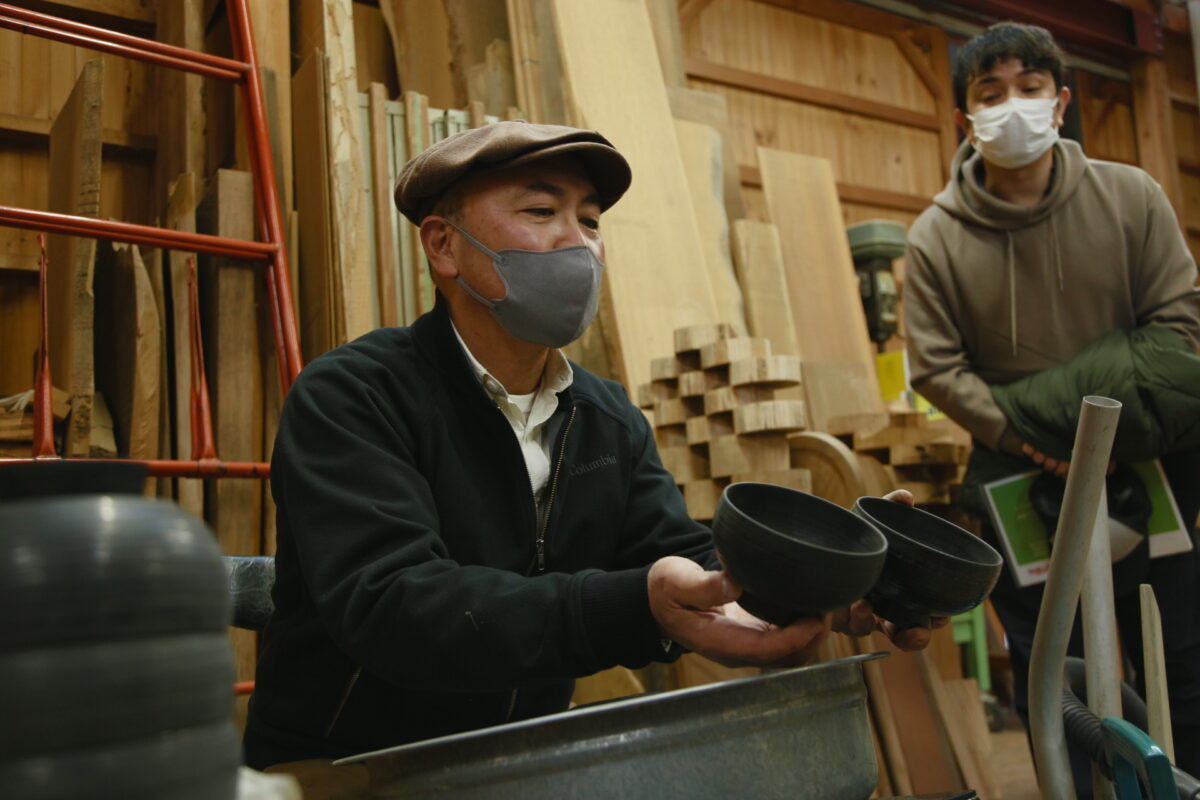
3. Make your kasama-yaki at Seitou Fukuda
The pottery kiln Seitou Fukuda is beautifully located in the countryside of Ibaraki. The pottery and the shop has been run by the Fukuda family for over 220 years (founded in 1796) and is located in Kasama, which is the oldest pottery village in the Kanto region. In the shop they sell a wide range of products and you can also make your own creations, either using your hand or a throwing wheel. If you would like to take a class you can reserve beforehand or if you are in luck you can ask on the spot. There are two museums at the kiln; one is housing old Kasama pottery and the other housing over 600 worldwide pottery-wares from about 60 countries. Outside you will be greeted by one of the biggest vases in the world (5.4m).
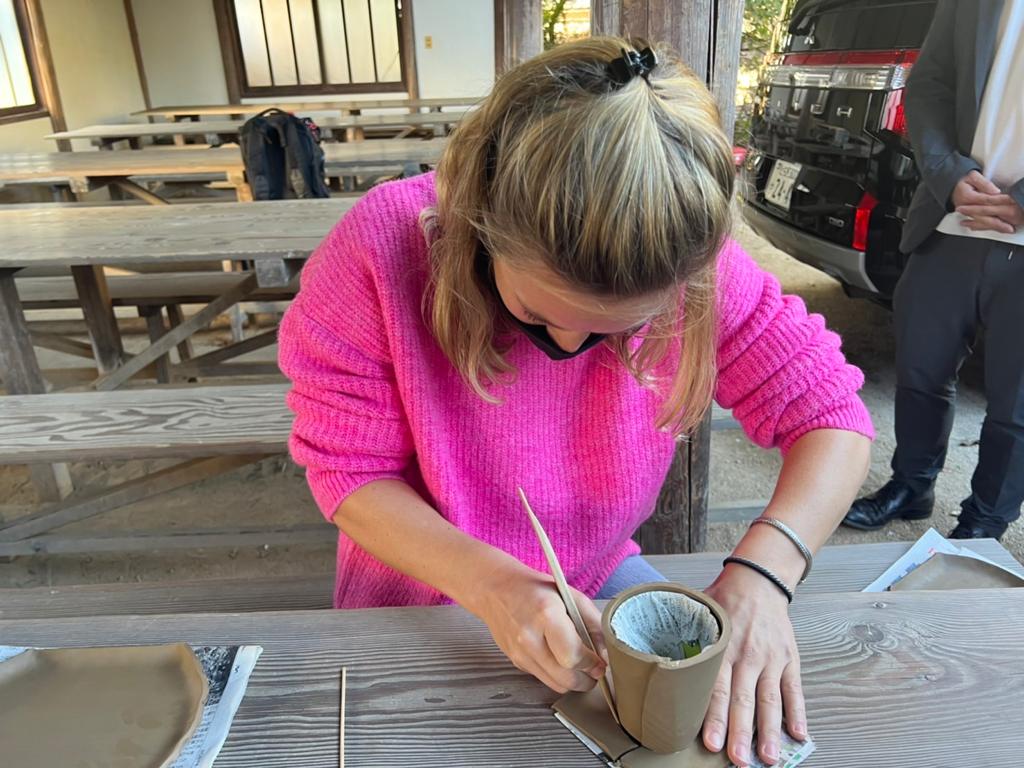
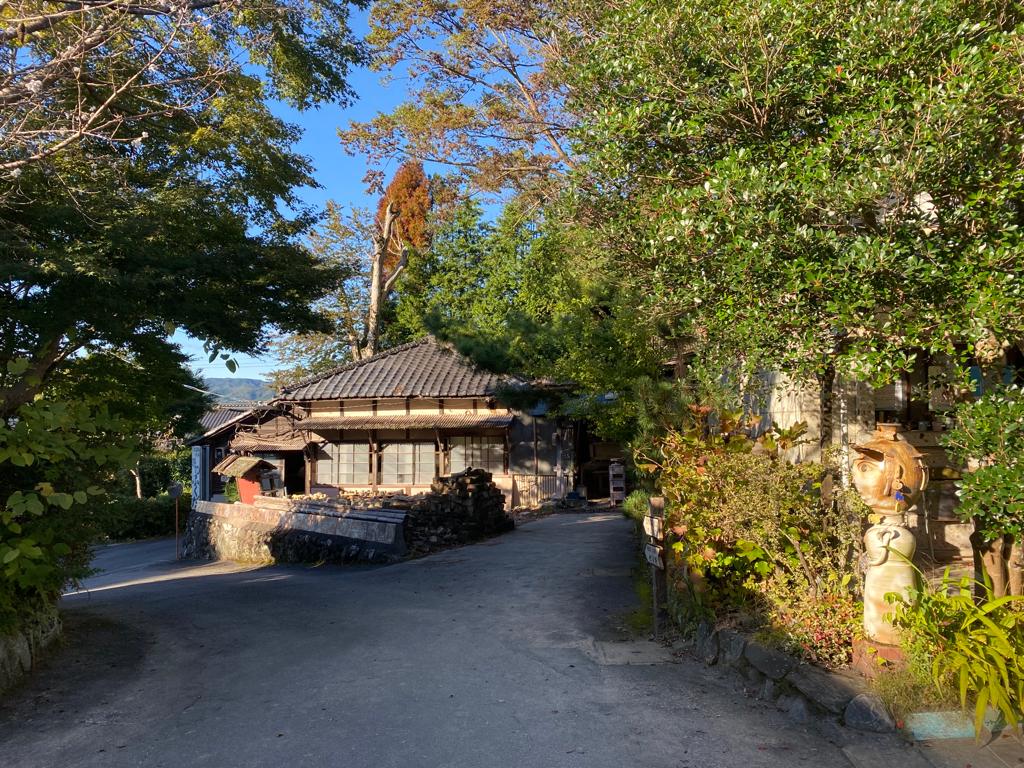
4. Discover Japanese Craft beer at Kiuchi Brewery
Hitachino Nest Beer is one of the most popular craft beers in Japan brewed by Kiuchi Brewery. Kiuchi Brewery initially started off as a sake brewery in 1823, before taking on the challenge to brew beer too. They built their own brewery from scratch in 1994 and in September 1996 they produced their first beer; HITACHINO NEST BEER. In the next year their craft beers already won international beer awards and the international market grew exponentially. Today there are about 12 different beers that are available in over 40 countries around the world.
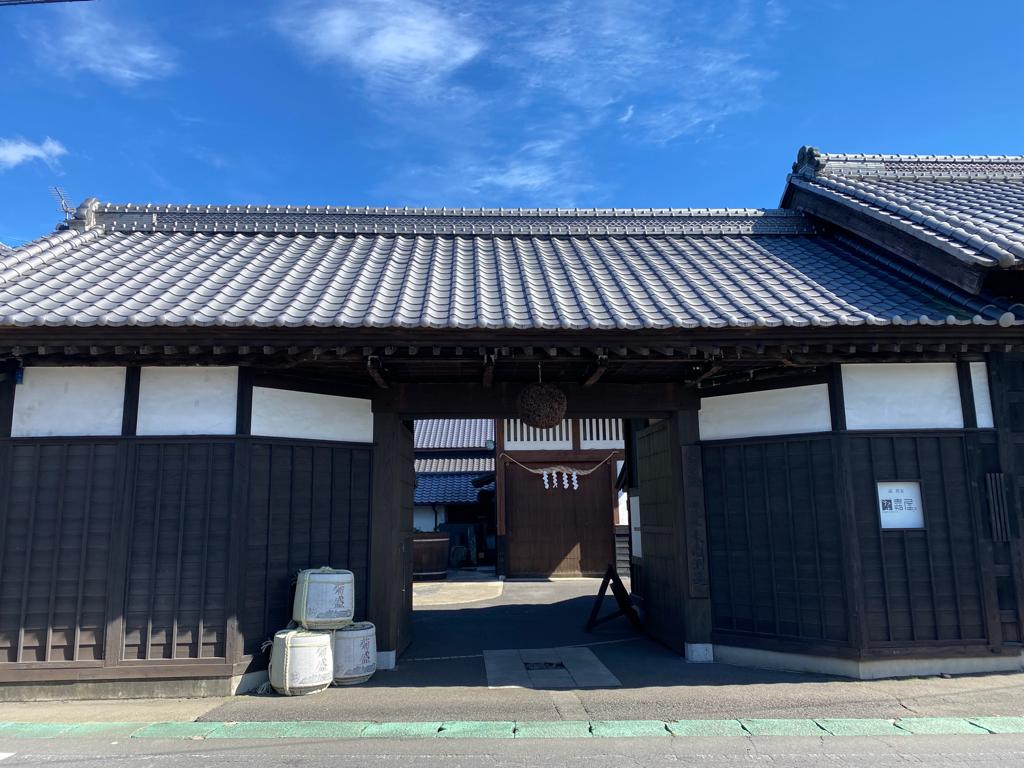
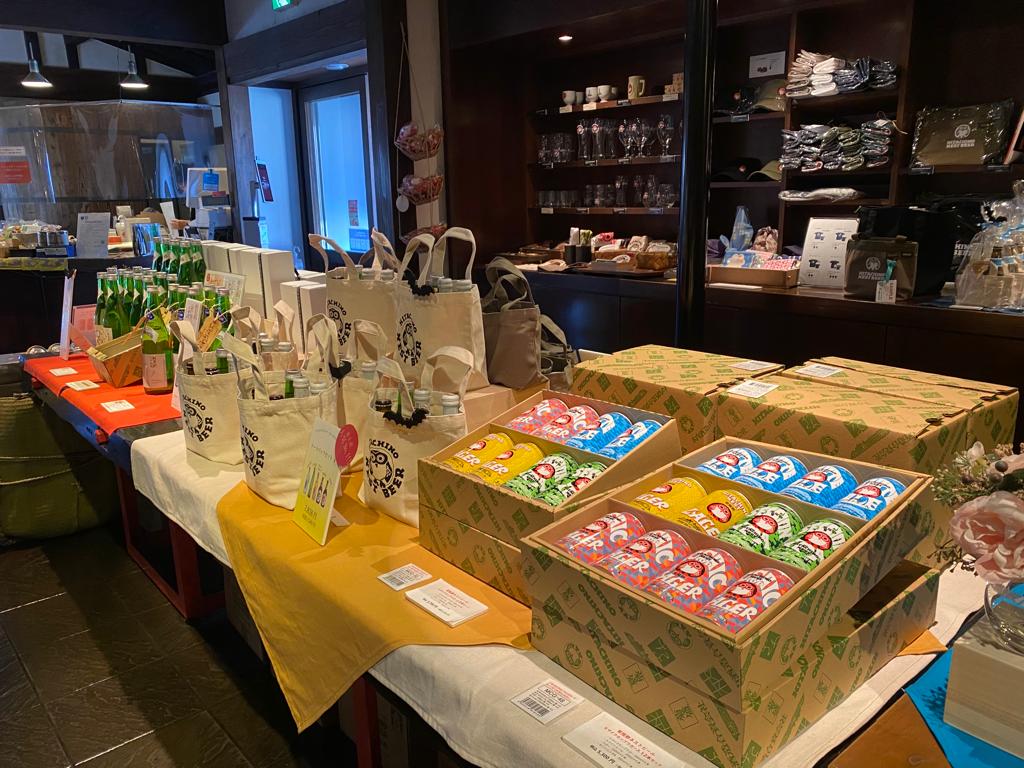
In Naka, Ibaraki, you can visit their brewery, a beautifully renovated place that is only 5 minutes by foot from the JR Hitachi-Konosu Station. There is a tasting bar Kikizake Dokoro on-site where you can not only try the HITACHINO NEST BEERS, but also their other produce like sake and shochu. It is also possible to brew your own beer on the premises, the brewing process roughly takes about 3-4 weeks and the end product will be delivered to you. Can’t wait that long? No worries, you can purchase both sake and beers at the shop too!
5. Lake Kasumigaura Cycling Tour & Lotus Root Digging
You won’t get more of a unique experience than cycling along the beautiful Lake Kasumigaura and then digging up some massive lotus roots to cook! Ibaraki prefecture is the biggest lotus root producing prefecture in all of Japan, making it the best place to both try your hand at digging up the local delicacy and then eating your own pickings. First you will ride around the second biggest lake in Japan, on a smooth, scenic course that people of all ages and abilities will be able to enjoy. After arriving at the lotus root fields, you’ll have the chance to meet the friendly local farmers that will teach you and assist you in harvesting the popular regional root. Once harvesting your own lotus roots, that makes for an experience in itself, you’ll have a nice barbeque and get to taste the fruits(vegetables) of your labors!
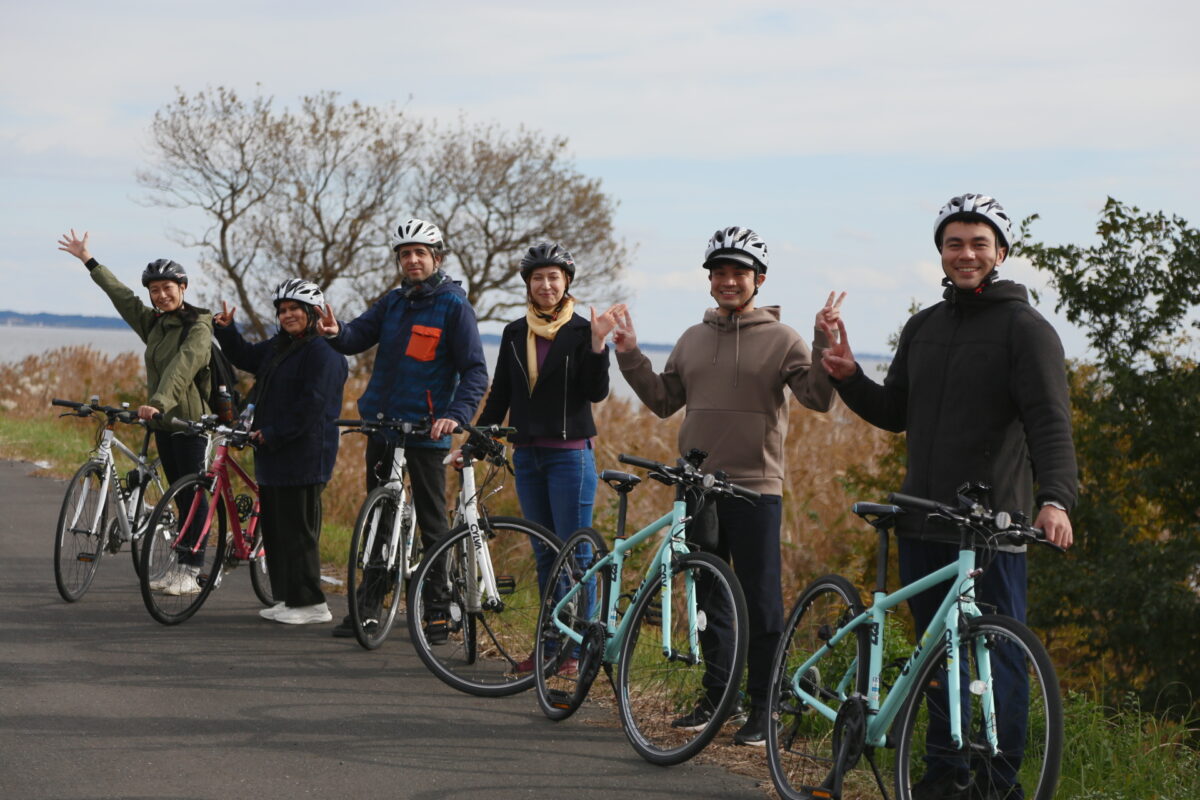

6. Admire Japan’s largest buddha statue Ushiku Buddha
Towering above all buildings and trees, Ushiku Buddha can be seen from afar. When you drive in the area you will easily spot the 120m tall Buddha statue which is among the world’s largest statues! Visitors can take an elevator to the multiple platforms inside the buddha, there are five floors including a viewing deck at 85m. On a clear day you can even spot the Tokyo Skytree from there! The Ushiku Buddha is surrounded by a spacious park with many seasonal flowers and a petting zoo. The best time to visit the statue is during spring when the statue is surrounded by the blossoming cherry trees or in summer when a small number of festivals are held here.
Admission fee ¥800 (park + interior of statue)
Learn all about the area and giant Buddha on our Ushiku tour here!
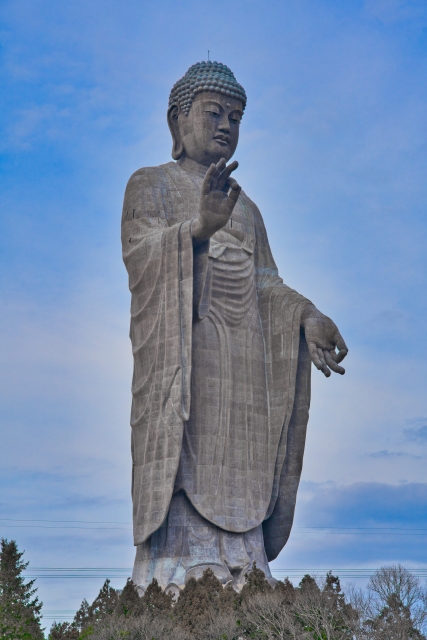
7. Hike Mount Tsukuba with an Experienced Guide
Have you ever wanted to hike a mountain in Japan but places like Mt. Fuji are a bit too difficult or crowded? Well Mt. Tsukuba is a great alternative! Standing at just 877 meters tall, Mt. Tsukuba is a perfect place for a hike, especially for those who aren’t experienced hikers or don’t want something too strenuous. Different from mountains like Mt. Fuji that are always full of people during peak season, Mt. Tsukuba is much more off the beaten path and is full of beautiful untouched vegetation and nature.
Do you want to get the full Mount Tsukuba experience? Climb the beautiful mountain on one of the amazing tours below with a fun and knowledgeable English speaking guide!


8. Catch the reflection at Oarai Beach
Oarai Beach is one of the biggest and most popular beaches in the Kanto region, with white sand and lifeguards on duty in summer. But the beach is mainly known for its perfect reflection. As the tide ebbs from high to low, and the fine beach sand slowly absorbs the sea water, a thin layer of water spreads over the beach creating a gorgeous reflection. Capturing this natural beauty is quite easy and can be done all times of the day. Witness a gorgeous sunset or see a clear reflection of yourself!
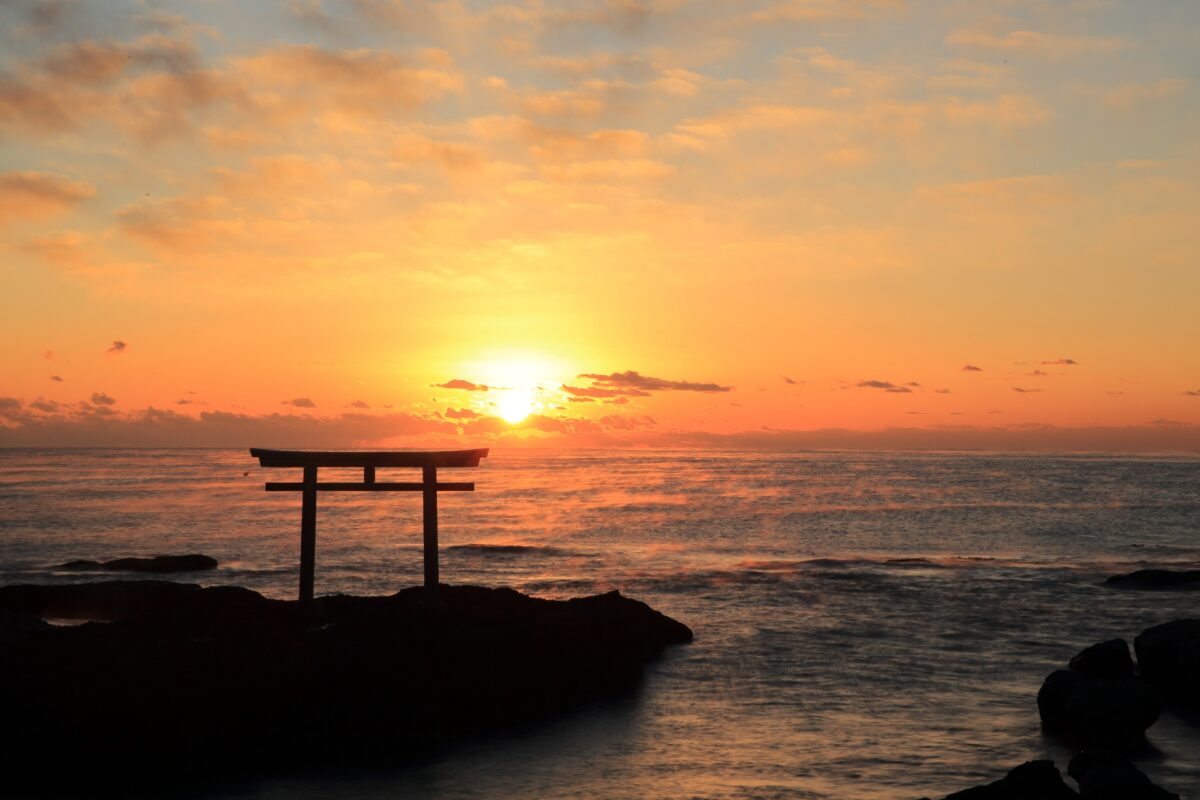

9. Sake Pairing at Japan’s Oldest Sake Brewery Sudo Honke
Located in the city of Kasama, Sudo Honke is the oldest Japanese sake brewery in Japan, dating back to the year 1141! With a history of 55 generations, and a great location with an abundance of fresh water making for a source of high quality rice, they have mastered the art of sake brewing. They offer an amazing sake pairing course in which you will have the chance to try a number of different kinds of sake and pair them with Japanese cuisine that goes well with each specific bottle. The veteran sake experts of Sudo Honke will guide you through and explain the food and sake along the way, as well as answer any questions you may have. This is a great opportunity to dive into the world of sake, as well as learn more about Japanese culture as a whole.
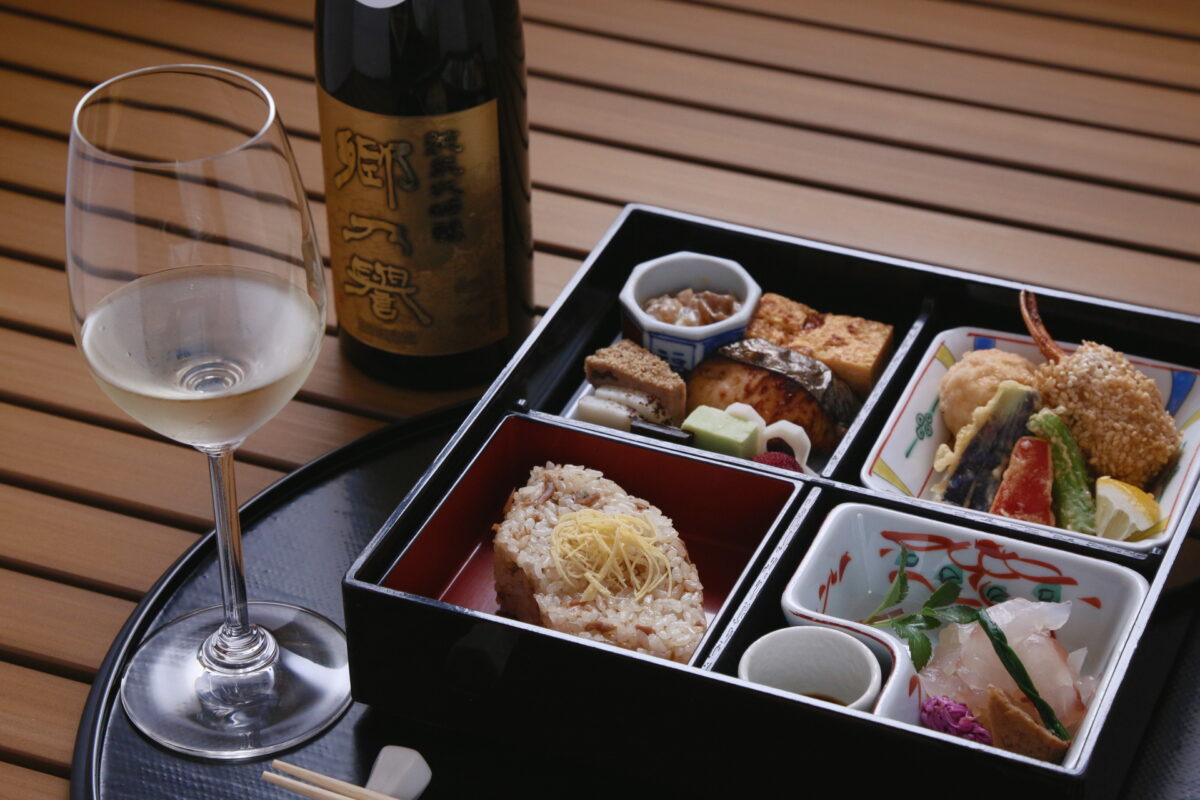
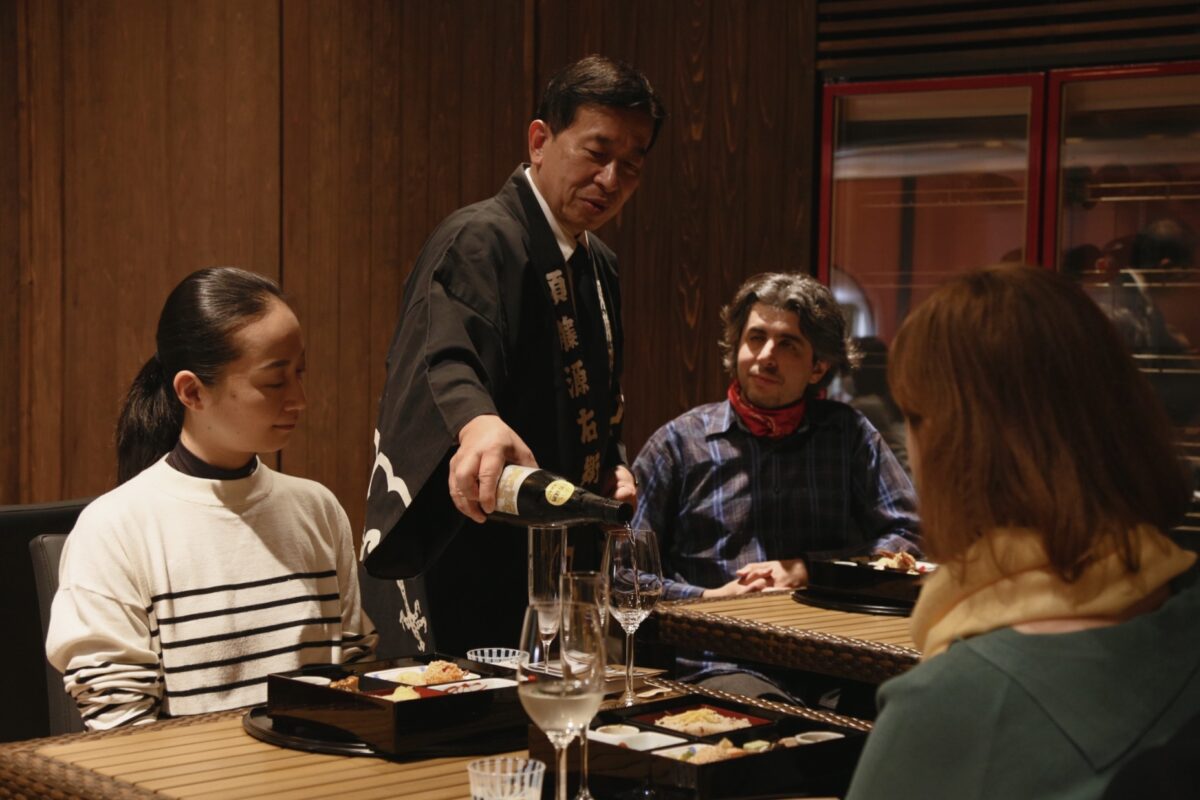
10. Seasonal flower blossoms at Hitachi Seaside Park
Hitachi Seaside Park is a flower-carpeted park famous for the red kochia hill in autumn and the approximately 4.5 million nemophila flowers that cover the entire park from late April until early May. But with a plethora of seasonal flowers, the Hitachi Seaside Park is beautiful all year round. In addition they host a wide range of events, including illumination, craft, sports and culture events. Board the Seaside train that will bring you to all the areas of the spacious park which covers about 350 hectares. You can also explore Hitachi Seaside Park and its hot spots by rented bicycle following the bike lanes throughout the park.
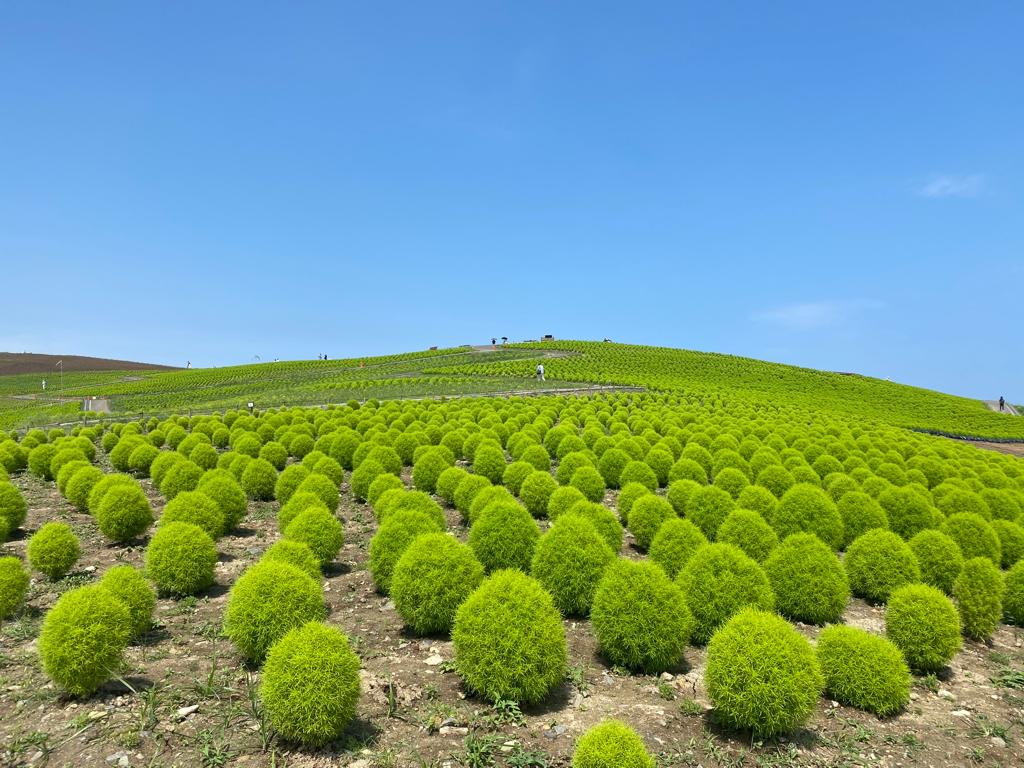
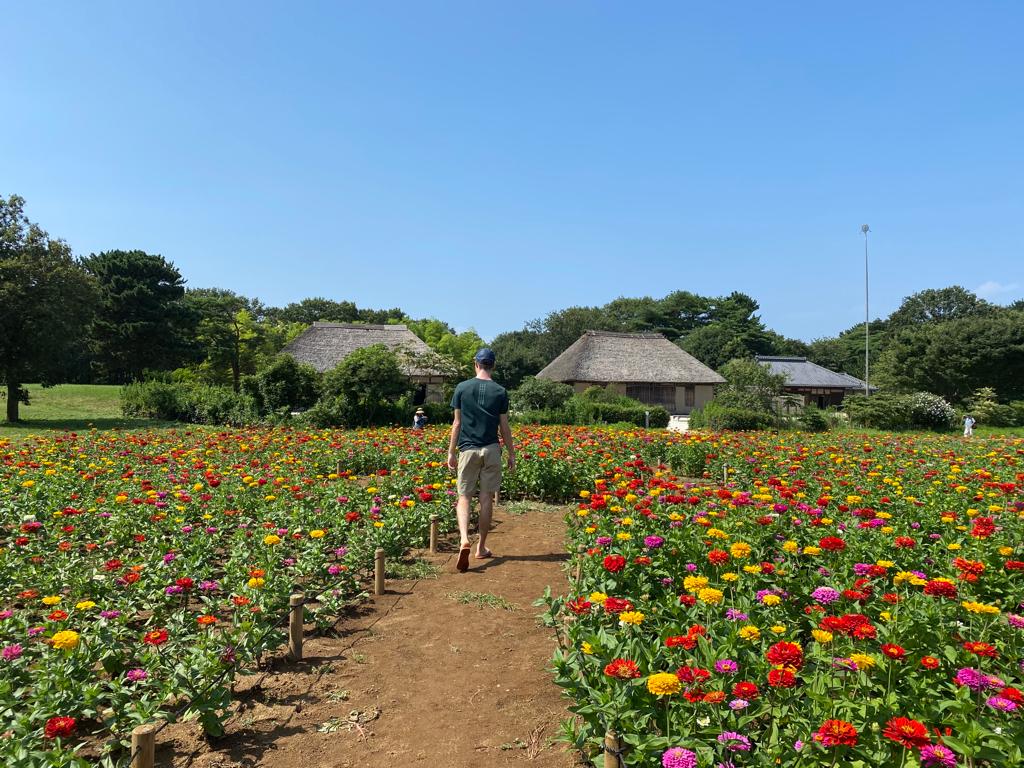
11. Admire the flowing waters of Fukuroda Falls
Fukuroda Falls is one of the three most beautiful Japanese waterfalls together with Nachi Falls in Wakayama Prefecture and Kegon Falls in Tochigi Prefecture. The water falls down from 121 meter high and its widest part reaches 73 meters. The falls offer a unique view each season, but the autumn colored leaves add an extra special something to the waterfall. Winter is also fun to visit the waterfall, when you are in luck you might catch the entire cascade frozen over, with colorful illuminations and music at night.
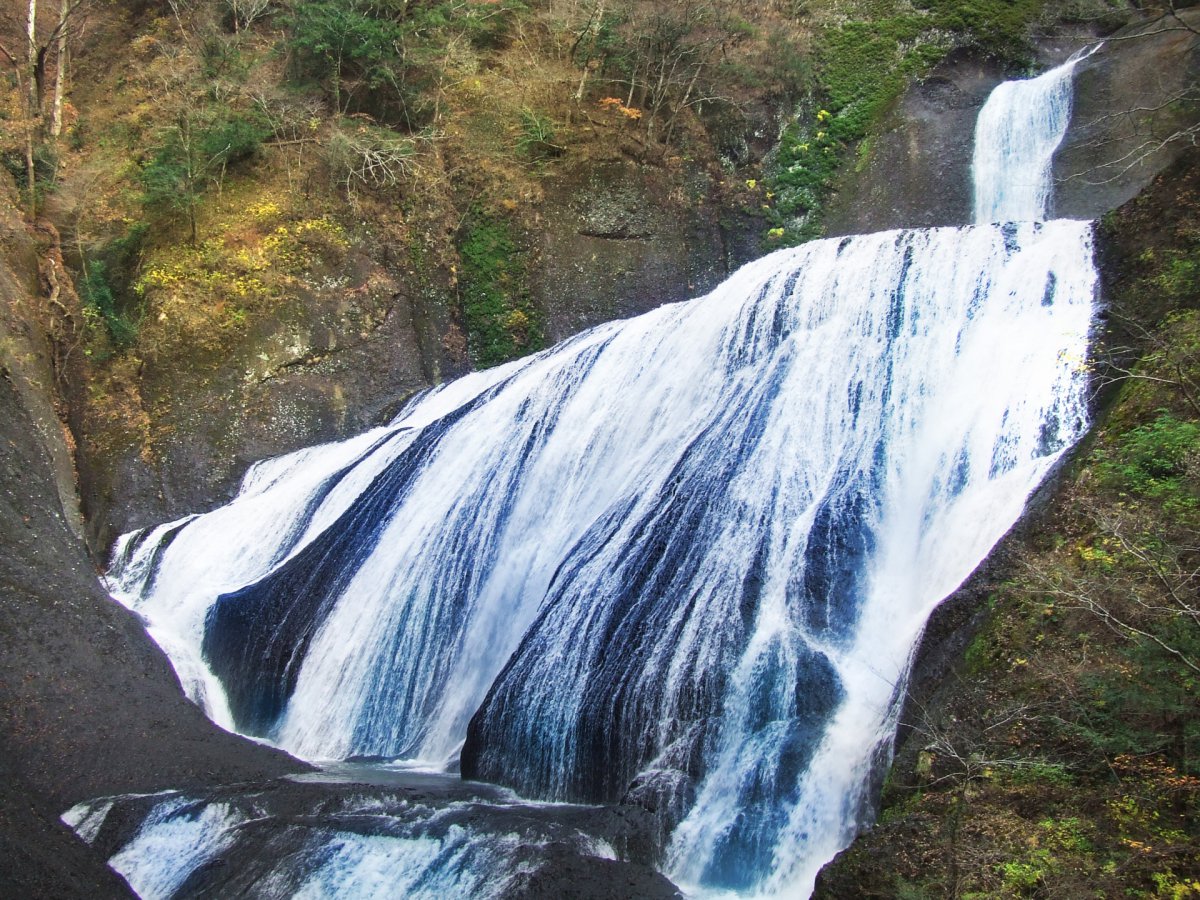

12. Stay at a traditional guesthouse Inashiki Nest
Inashiki Nest is a beautifully restored Japanese guesthouse located in a tranquil setting, southeast of Lake Kasumigaura. The friendly owner Yamamoto-san moved to the abandoned house in august 2020 and aimed to create a place where you can experience the rural life of Japan. When she moved to the place, she thoroughly cleaned and renovated the place together with the help of locals. There are bicycles for rent so you can cycle around the lake area or surrounding rice fields. You can also visit some small stores selling the fresh Shirasu (whitebait) or discover some special spots in the area such as the colorful Osugi Shrine.
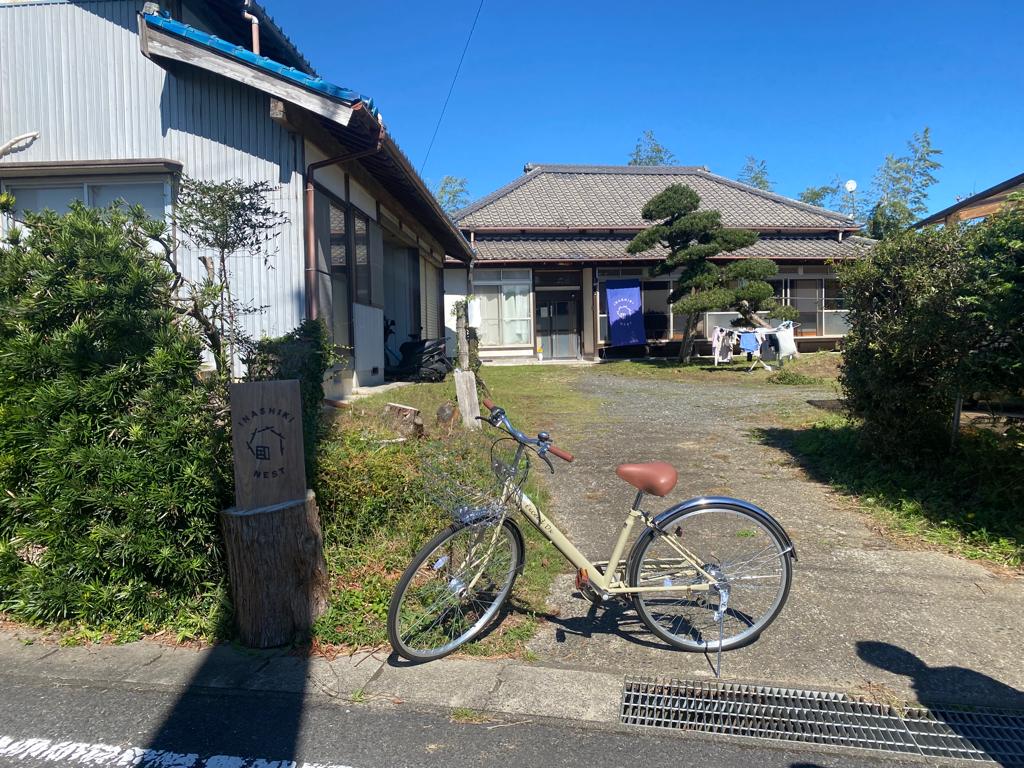
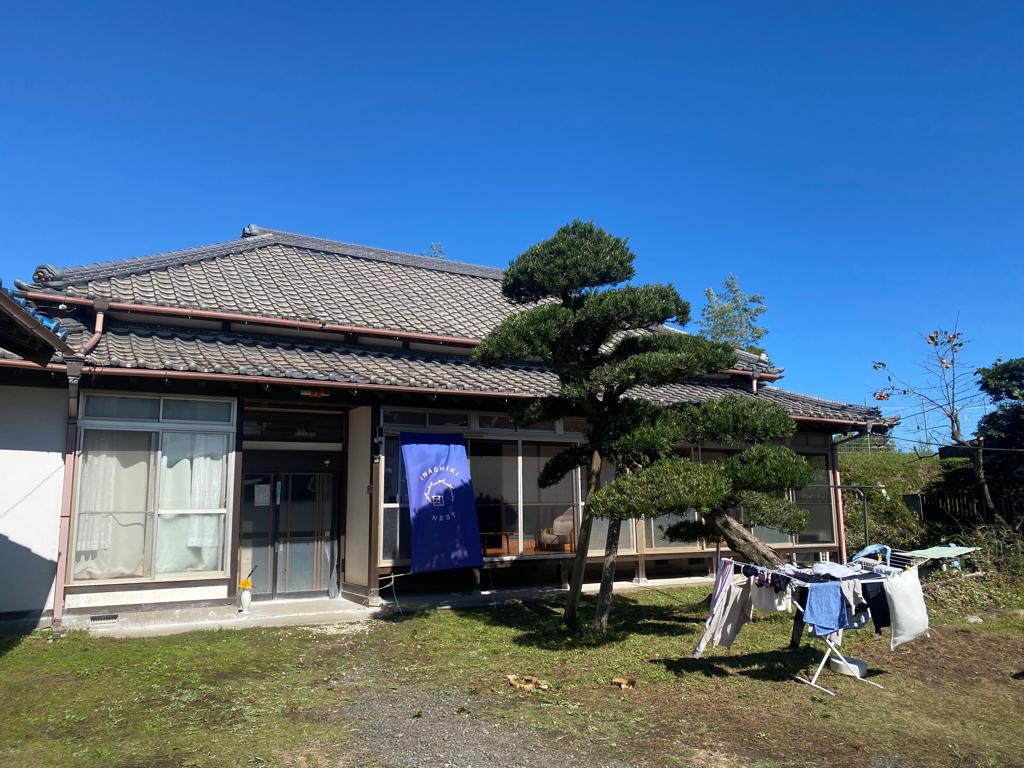
13. Kaiseki Lunch & Tea Ceremony at Kyoyuzen Hanamiyako
Do you want to try some of the best Japanese cuisine that you will ever have in your life? In the city of Hitachinaka that is well known for Hitachi Seaside Park, lies an amazing Japanese Kaiseki style restaurant called Kyoyuzen Hanamiyako that is in the Gault et Millau restaurant guide. It will be a one of a kind kaiseki lunch experience where you will get a personal lesson on how to properly use the utensils, as well as an explanation of the unique restaurant’s interior design and traditional high quality Ibaraki prefecture crafts on display. After the delicious meal you will move to the tea room inside the restaurant, where the restaurateur himself(who also happens to be a tea ceremony master) will perform an entertaining tea ceremony along with Japanese sweets just for you. If you want to get the full experience, you will have the option of adding on an alcohol pairing course that offers amazing hand picked Japanese alcohol from throughout the country.
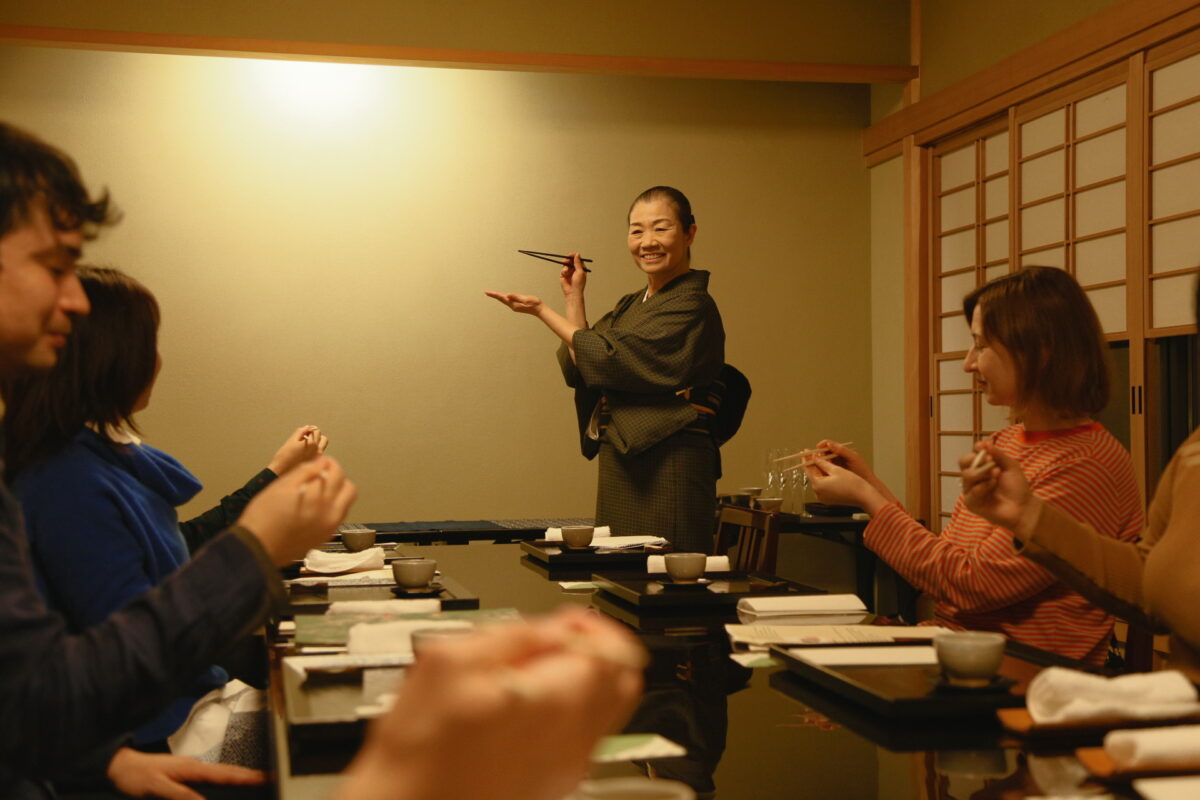
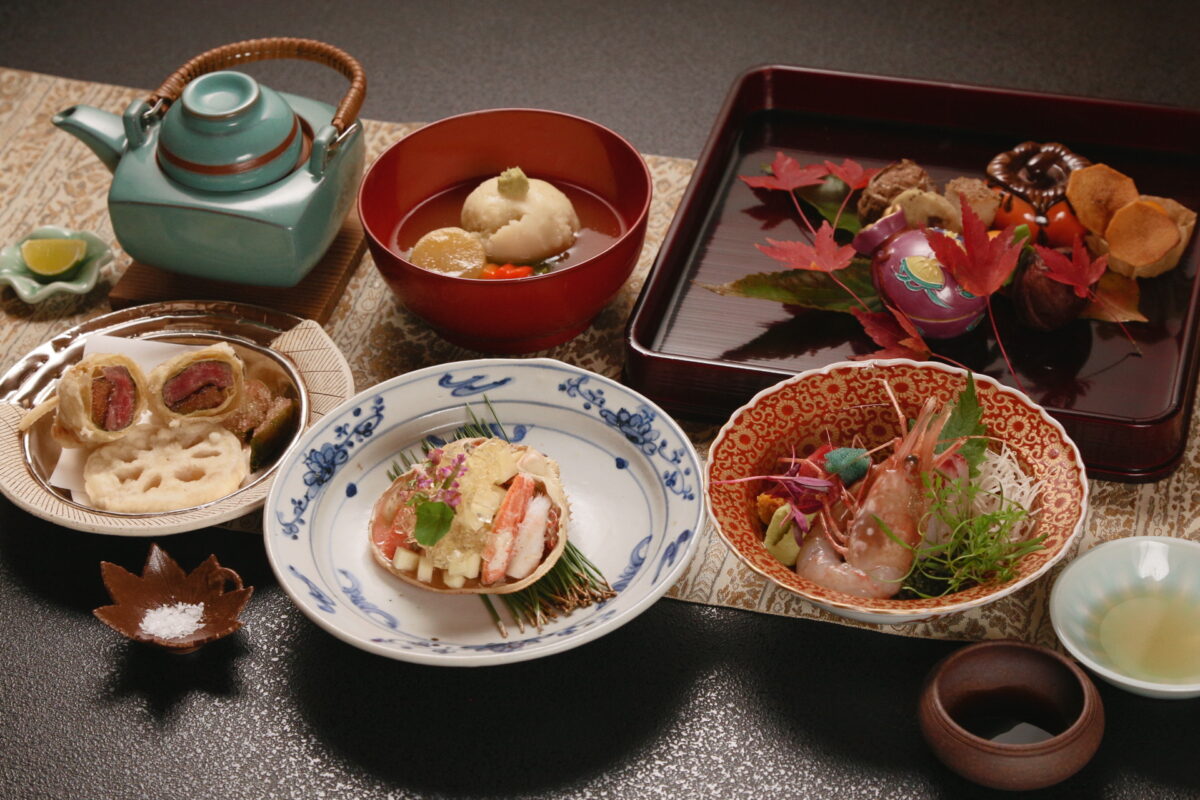
14. Shop until you drop at Ami Premium Outlet shopping mall
Ami Premium Outlets is an American style outlet with both Japanese and international brands. All the shops are located on the ground floor, making it easily accessible but not super big. The outlet shopping mall near Tokyo is comprised of 160 stores and some restaurants where you can take a break from the cheap shopping! From the mall you can also spot Ushiku Buddha and spot Mount Tsukuba in the far distance!

15. Bungee jumping at Ryujin bridge
Ryujin Bridge is a v-shaped, 375-meter-long suspension bridge over a forested ravine. The bridge stands about 100m above the Ryujin reservoir lake and is one of the longest pedestrian bridges in Japan! While the view from the bridge is magnificent, many people actually forget to enjoy the surroundings as they are bungee jumping off the bridge. Ryujin Bridge is one of the most popular bungee jumping spots in Japan. There are some seasonal events such as the famous Ryujinkyo Koinobori Festival held from mid-April to mid-May. A thousand koinobori carp streamers are connected to the bridge and create a colorful vista for Children’s Day. During the Ryujin Gorge Lantern Festival in the middle of August, hundreds of lanterns will light up in the evening.
There is a Bridge crossing charge of ¥320

16. Go paragliding
Ibaraki is one of the best places in Japan for paragliding and you have many different options near Mount Tsukuba. Thanks to the excellent wind conditions, paragliders can fly for a long time. Even when you have never done paragliding before, you can try your hand at paragliding here. For people who want to get licensed, some of the schools here offer a licensing course too. You have two options, powered paragliding as well as unpowered.
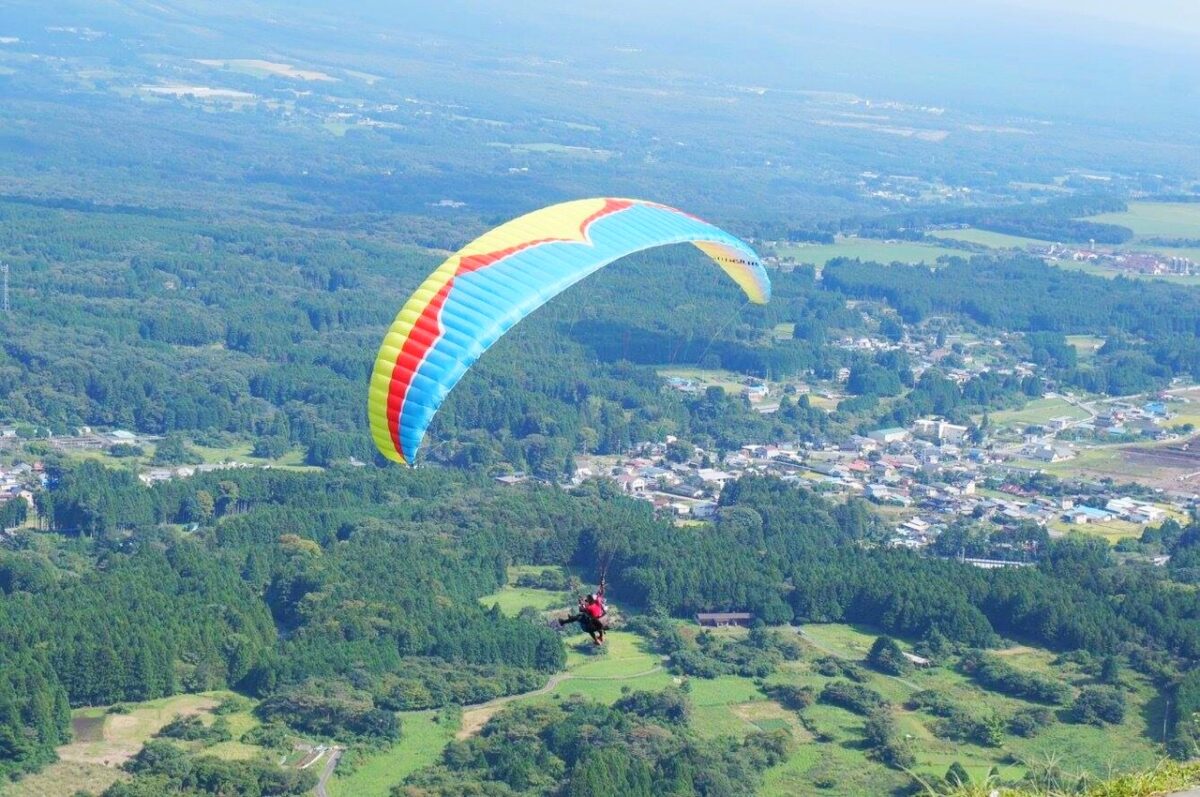
17. Surfing the waves of the Pacific Ocean
Located along the Pacific Ocean, Ibaraki prefecture is also home to some of the best surfing spots in the country. Its good location makes for plenty of places to find waves that are good for surfing. Especially Oarai beach, Tokai village, and Hitachinaka. When driving along the coast you will often see many surfers in the water waiting to ride the best waves.
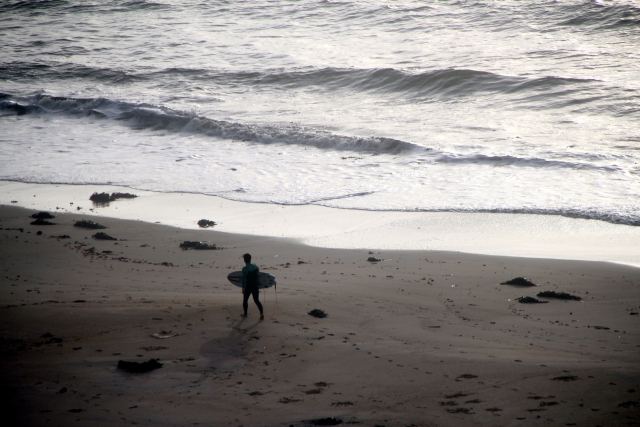
18. Eat the traditional Japanese breakfast dish natto
Ibaraki is the number 1 producer of Natto (fermented soybeans) a traditional Japanese food that is often served as breakfast. It consists of fermented soybeans and has a sticky, slimy structure. Many Japanese people in eastern Japan like natto, however in other parts of Japan people are often somewhat repelled by its strong smell and strong taste. Natto is considered as a super healthy food and contains a lot of vitamins, irons and other things that are good for the human body. Natto is typically eaten as a breakfast topping over a bowl of rice and you can mix it with some soy sauce and onion cuts, and sometimes a raw egg. Mito is known at the Natto capital so we recommend you try it out for yourself here.
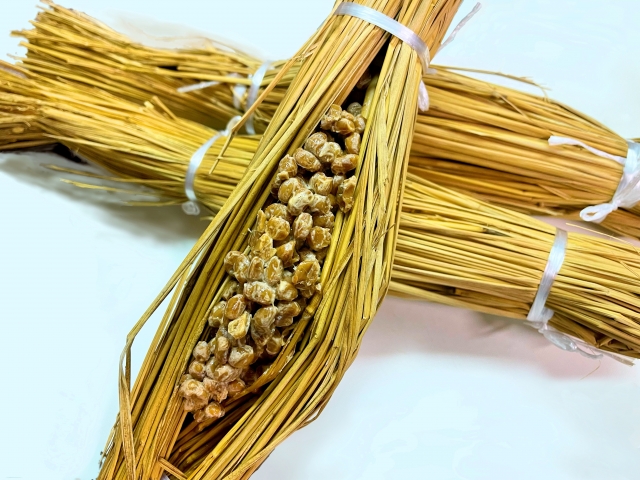
Recommended Tours in Ibaraki
- Legacy of Mito-Tokugawa Clan Half-day Tour
If you are interested in history, take this half-day tour at Mito City in Ibaraki prefecture.
This tour includes Kodokan, the old samurai school and Kairakuen garden etc - Pottery experience in Kasama
Enjoy a special pottery experience in the well known ceramic city of Kasama, where you will be able to make your own masterpiece. - Mount Tsukuba Power Spot Tour
Escape the hustle and bustle of the city and climb the beautiful Mount Tsukuba and explore its highlights with an experienced guide. Finish off the tour with a well deserved and relaxing dip in a hot spring with an amazing view. - Ceramic Experience at Craft Hills Kasama and Ibaraki Ceramic Art Museum
Try your hand at making Kasama-yaki pottery by using a wheel, your bare hands hand, or even just painting an already fired piece. You will also be able to explore the Ibaraki Ceramic Art Museum that has exhibits of pieces by famous ceramic artists. - Kasama yaki handmade pottery experience
Try the traditional technique “tehineri” in making your own special piece of pottery at a kiln that was established in 1796. Make your choice of bowls, plates or cups from the instructor who has years of experience. - The Tallest Great Buddha Spot Walking Tour
Explore the Great Buddha statue alongside an expert English speaking guide. The statue stands at a whopping 120 meters tall and is something that is hard to put into perspective without seeing in person.
Follow us on Instagram, Facebook, Twitter, and TikTok for more travel inspiration. Or tag us to get featured!
Happy traveling!
Stay informed of the best travel tips to Japan, the most exciting things to do and see, and the top experiences to have with the Japan Wonder Travel Newsletter. Every week we will introduce you to our latest content.
Other articles you may also like
This post may contain some affiliate links. When you click through and make a purchase we may receive some commission, at no extra costs to you.




